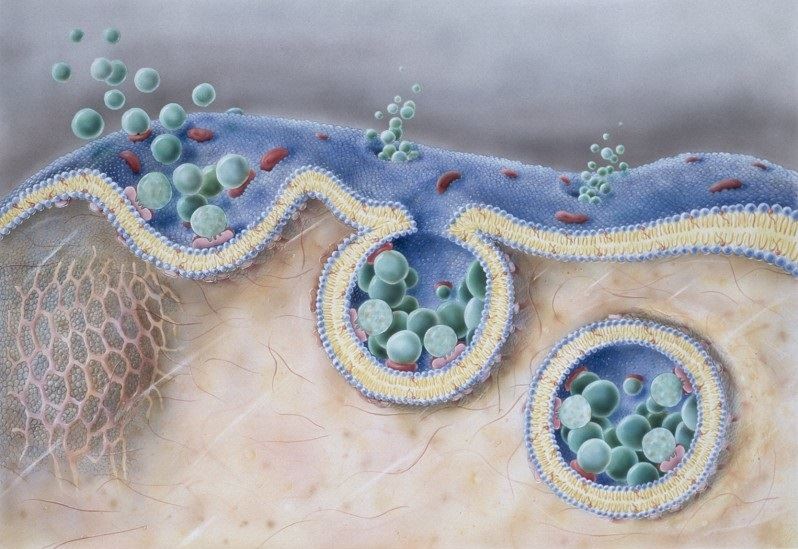Scarless Wound Healing Achieved Through Stem Cell-Derived Exosomes

The journey of the human body begins in infancy, often marked by flawless perfection. However, as time elapses and individuals grow, the passage of time become evident on their skin. From minor mosquito bites to major surgical incisions or burns, wounds of varying sizes leave enduring marks on the body. While some wounds heal swiftly, leaving no visible trace, others persist over the years, giving rise to unsightly scars.
Fibrotic scars on the skin typically arise from the healing of wounds in adults. These scars differ from normal skin due to the absence of skin appendages like hair follicles, sebaceous glands, and sweat glands. Moreover, they possess a dense extracellular matrix characterized by parallel fibers. Despite extensive research spanning decades, the achievement of scarless wound healing has remained an elusive goal.
Individuals grappling with scars often resort to scar removal products, often with suboptimal results. Is there a feasible way to facilitate wound healing without the consequential scar tissue formation?
In the realm of modern medicine, the pursuit of scarless wound healing has spurred researchers to explore innovative solutions that harness the body's innate regenerative capabilities. Placental stem cell-derived exosomes, a recent revelation in this field, have opened up promising avenues toward realizing this elusive objective.
A group of scientists has recently published a paper titled "Placental Stem Cells-Derived Exosomes Stimulate Cutaneous Wound Regeneration via Engrailed-1 Inhibition" in the journal Frontiers. Scar formation primarily hinges on the activity of Engrailed-1 (EN1) in fibroblast lineage. By inhibiting the activation of EN1, it is possible to promote wound regeneration and facilitate the reinstatement of skin appendages and microstructures. The study delved into the potential of mesenchymal stem cell (MSC) transplantation to mitigate scar formation.
The researchers uncovered that placental-derived MSCs exhibit a remarkable capacity to expedite wound healing. Notably, these stem cells not only accelerated the pace of wound closure but also enhanced the overall quality of wound healing. This improvement encompassed the regeneration of skin appendages such as hair follicles and sebaceous glands, a reduction in collagen I levels while augmenting collagen III, and the enhancement of collagen patterning (basket-weave structure) within healing skin. Additionally, treatment with placental-derived MSC promoted angiogenesis, underscoring the remarkable potential of wound regeneration through placental MSC-derived exosomes.
Exosomes have displayed functions exceeding initial expectations. Their influence extends beyond merely inhibiting scar tissue growth; they have also found a niche in both exosome diagnostics and therapeutics. These microvesicles hold promise as diagnostic and prognostic markers. The collection of exosomal markers from diverse samples like blood, urine, and saliva offers minimally invasive diagnostic techniques that alleviate patient discomfort.
As scientific progress continues, it is imperative to address ethical considerations and regulatory frameworks pertaining to exosome-based therapies. Functioning as natural carriers of signaling molecules, exosomes as drug carriers offer features such as biocompatibility, circulatory stability, and the ability to penetrate bio-barriers. This paves the way for the development of nanocarriers and cell-mediated drug delivery method. Furthermore, exosome-based drug formulations have demonstrated efficacy in addressing conditions spanning cancer, various infectious diseases, cardiovascular disorders, and neurodegenerative diseases.
In essence, the pursuit of scarless wound healing has yielded remarkable insights into the role of placental stem cell-derived exosomes. These diminutive vesicles not only propel skin regeneration but also harbor the potential to revolutionize diagnostics and therapeutics across multiple medical domains.





